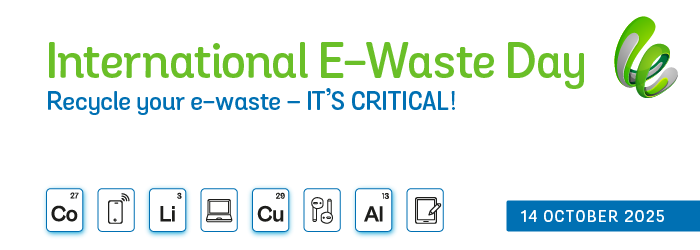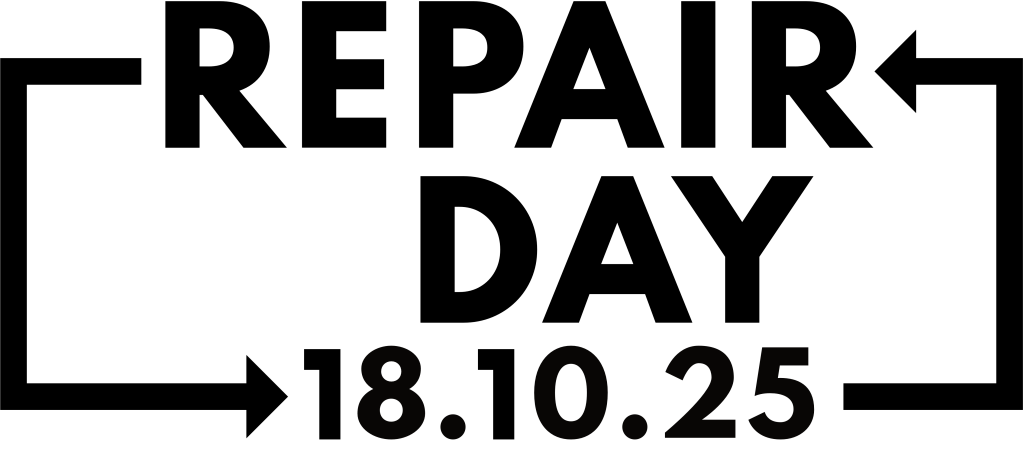What does WEEE mean?
WEEE (or e-waste) stays for Waste Electrical and Electronic Equipment, and it includes 6 categories of products:
Te mperature Exchange Equipment – Examples: Refrigerators, freezers, air conditioners, heat pumps.
mperature Exchange Equipment – Examples: Refrigerators, freezers, air conditioners, heat pumps.
 Screens and Monitors – Examples: TVs, computer monitors, LED screens, laptops with screens larger than 100 cm².
Screens and Monitors – Examples: TVs, computer monitors, LED screens, laptops with screens larger than 100 cm².
 Lamps – Examples: Fluorescent tubes, high-intensity discharge lamps, LED lamps.
Lamps – Examples: Fluorescent tubes, high-intensity discharge lamps, LED lamps.
 Large Equipment (≥50 cm) – Examples: Washing machines, dishwashers, ovens, fitness machines, vending machines.
Large Equipment (≥50 cm) – Examples: Washing machines, dishwashers, ovens, fitness machines, vending machines.
 Small Equipment (<50 cm) – Examples: Vacuum cleaners, microwaves, electric tools, cameras, toys, medical devices.
Small Equipment (<50 cm) – Examples: Vacuum cleaners, microwaves, electric tools, cameras, toys, medical devices.
 Small IT and Telecommunications Equipment (<50 cm) – Examples: Mobile phones, routers, keyboards, tablets, GPS devices.
Small IT and Telecommunications Equipment (<50 cm) – Examples: Mobile phones, routers, keyboards, tablets, GPS devices.
The problem
Electronic devices and electrical equipment define modern life, but the waste they generate has become an obstacle to EU efforts to reduce its ecological footprint. In 2022, 14.4 million tonnes of electrical and electronic equipment were put on the market, and 5 million tonnes of e-waste were collected (11.2 kg of WEEE collected per person). However, the amount of WEEE collected is mainly linked to increasing amounts of such equipment being sold in the EU. WEEE represents the EU’s fastest-growing waste stream, increasing by about 2% annually.
Nearly half of the WEEE generated is still not being collected, and the majority of Member States do not reach the collection target set out in the EU WEEE Directive. Furthermore, the WEEE Directive has had a limited impact on enhancing material recycling and recovery. Currently, only about 40% of WEEE is recycled in the EU.
WEEE contains hazardous materials and valuable resources, including critical raw materials. Proper collection, treatment, and recycling are essential to prevent environmental and health risks, improve resource efficiency, and support a circular economy. Effective management also helps secure supply chains and enhances the EU’s strategic autonomy.
EU regulations aim to reduce e-waste generation, promote reuse and recycling, and improve the environmental performance of all actors involved in the life cycle of electrical and electronic equipment.
Source: https://environment.ec.europa.eu, https://ec.europa.eu, https://environment.ec.europa.eu, and www.europarl.europa.eu
The European Week for Waste Reduction on WEEE
Improving the collection, treatment and recycling of electrical and electronic equipment at the end of their life can increase resource efficiency and recover significant amount of materials included in these items. Nevertheless, to strongly reduce the impact of EEE, the key actions should be done before the products reach the category of waste. The selection of this thematic focus for the 2025 edition of the EWWR wants to raise awareness on reduce, repair and reuse activities for electric and electronic equipment that can be implemented by all the different categories of stakeholders.
 mperature Exchange Equipment – Examples: Refrigerators, freezers, air conditioners, heat pumps.
mperature Exchange Equipment – Examples: Refrigerators, freezers, air conditioners, heat pumps. Screens and Monitors – Examples: TVs, computer monitors, LED screens, laptops with screens larger than 100 cm².
Screens and Monitors – Examples: TVs, computer monitors, LED screens, laptops with screens larger than 100 cm². Lamps – Examples: Fluorescent tubes, high-intensity discharge lamps, LED lamps.
Lamps – Examples: Fluorescent tubes, high-intensity discharge lamps, LED lamps. Large Equipment (≥50 cm) – Examples: Washing machines, dishwashers, ovens, fitness machines, vending machines.
Large Equipment (≥50 cm) – Examples: Washing machines, dishwashers, ovens, fitness machines, vending machines. Small Equipment (<50 cm) – Examples: Vacuum cleaners, microwaves, electric tools, cameras, toys, medical devices.
Small Equipment (<50 cm) – Examples: Vacuum cleaners, microwaves, electric tools, cameras, toys, medical devices. Small IT and Telecommunications Equipment (<50 cm) – Examples: Mobile phones, routers, keyboards, tablets, GPS devices.
Small IT and Telecommunications Equipment (<50 cm) – Examples: Mobile phones, routers, keyboards, tablets, GPS devices. EN (full site)
EN (full site) ITA
ITA FRA
FRA POR
POR ESP
ESP CAT
CAT DEU
DEU NED
NED HUN
HUN


